On this page, you can expect to find a comprehensive vocabulary list related to commuting to work. There are links to games, flashcards, and other resources to help you learn and practice these terms. Dive into the world of commuting vocabulary and enhance your understanding of this topic.
Commuting to work is a daily routine for many individuals, requiring them to travel from their homes to their workplace and back. This process can often be time-consuming and stressful, especially in urban areas where traffic congestion is a common issue. However, with the rise of remote work options and flexible schedules, some employees have the opportunity to avoid the daily commute altogether. For those who still must travel to work, finding ways to make the commute more efficient and enjoyable, such as carpooling, using public transportation, or biking, can help alleviate some of the challenges associated with commuting.
Practice & Reinforce Your Learning
Commuting To Work Vocabulary List
Modes of transportation

- I enjoy biking to work every morning because it helps me stay active and reduces my carbon footprint.
- Biking through the city streets allows me to take in the sights and sounds of my surroundings in a more intimate way than driving a car.
- After a long day at the office, I look forward to unwinding by biking home and enjoying the fresh air and exercise.
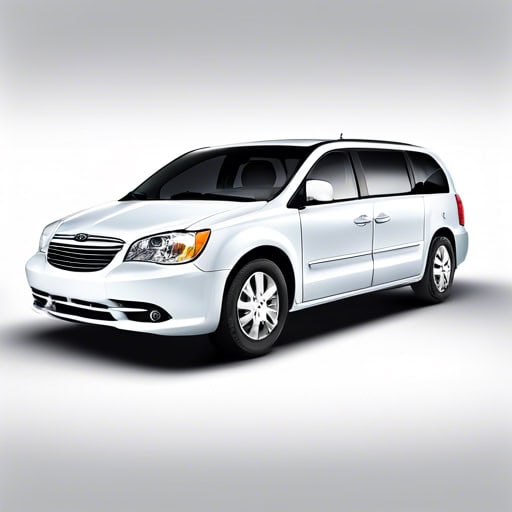
- I save money and reduce my carbon footprint by carpooling with coworkers to the office.
- Carpooling allows us to take turns driving, making our daily commute more efficient.
- Our office implemented a carpooling program to encourage employees to share rides and reduce traffic congestion.
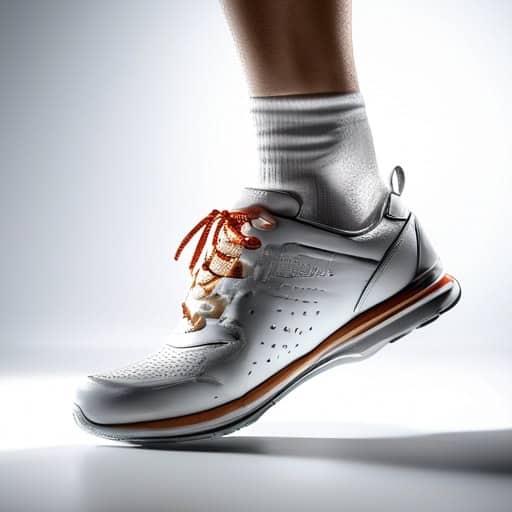
- I enjoy walking to work every day because it helps me stay active and clear my mind.
- The doctor recommended walking at least 30 minutes a day to improve my overall health.
- My dog loves going for long walks in the park and exploring new paths.
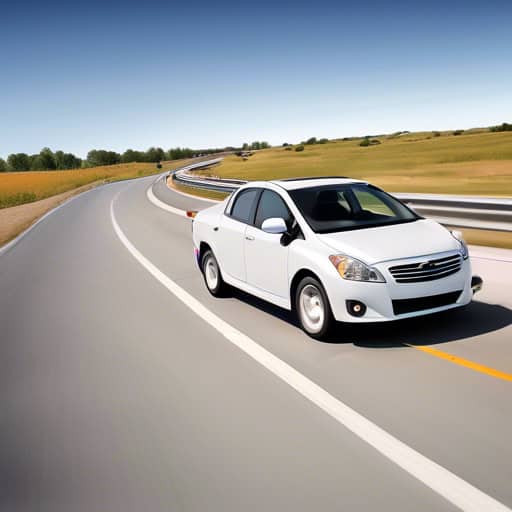
- I love driving through the countryside and feeling the wind in my hair.
- She always gets nervous when driving in heavy traffic.
- After a long day at work, I find driving home to be a relaxing way to unwind.
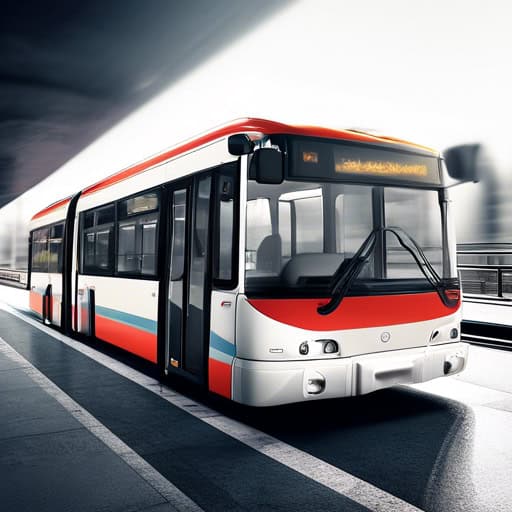
- I prefer using public transportation to get to work because it's more convenient and environmentally friendly.
- Many cities are investing in improving their public transportation systems to reduce traffic congestion.
- Public transportation is a cost-effective way to travel around the city without the hassle of finding parking.
Traffic conditions
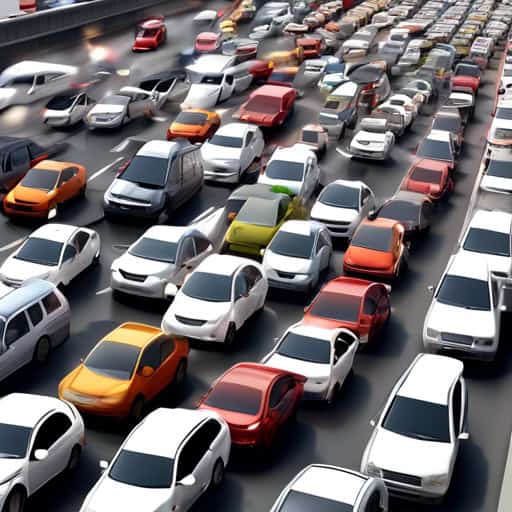
- I was late to work this morning because of a massive traffic jam on the highway.
- The traffic jam on the bridge was so bad that I had to turn around and find an alternate route.
- After sitting in the traffic jam for over an hour, I finally made it to the concert just in time.
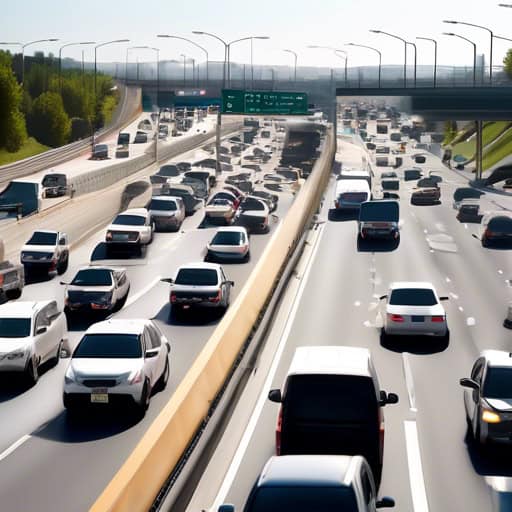
- The delays caused by the accident on the highway made me late for my meeting.
- The subway delays this morning were frustrating for many commuters trying to get to work on time.
- I always leave early for appointments to account for potential delays in traffic.
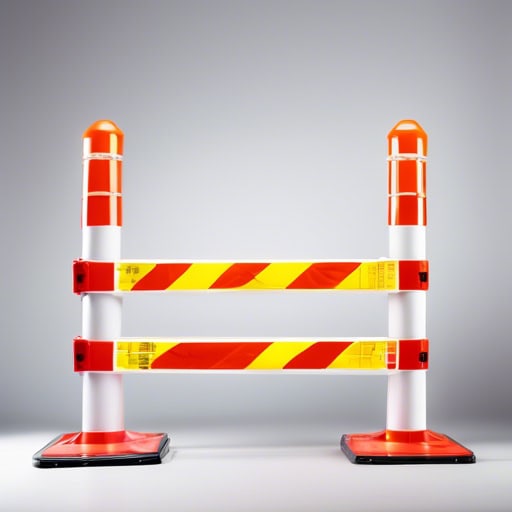
- The road closure caused a major traffic jam during rush hour.
- Residents were alerted to the road closure in advance so they could plan alternate routes.
- The road closure will last for three days while crews work on repairing a sinkhole.
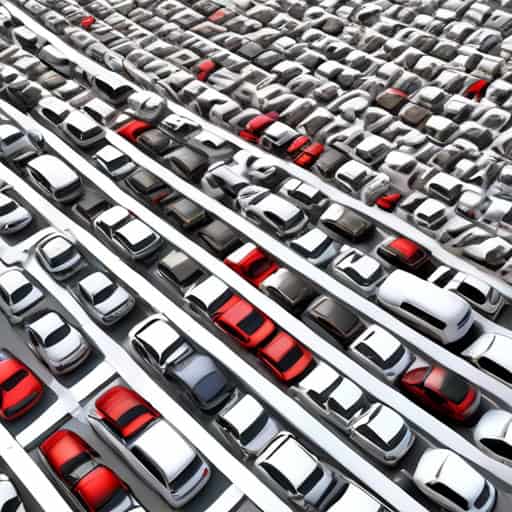
- The city experienced gridlock during rush hour, causing frustration for commuters.
- Gridlock on the highway delayed my arrival to the airport, nearly causing me to miss my flight.
- The ongoing construction project has resulted in gridlock on the main street, leading to increased travel times for residents.
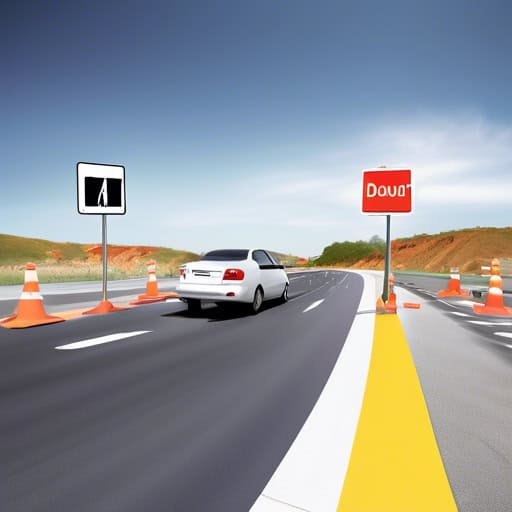
- I had to take a detour this morning because of a major accident on the highway.
- The detour added an extra 20 minutes to my commute, but at least I avoided sitting in traffic.
- I always check my GPS for detour options in case of unexpected road closures.
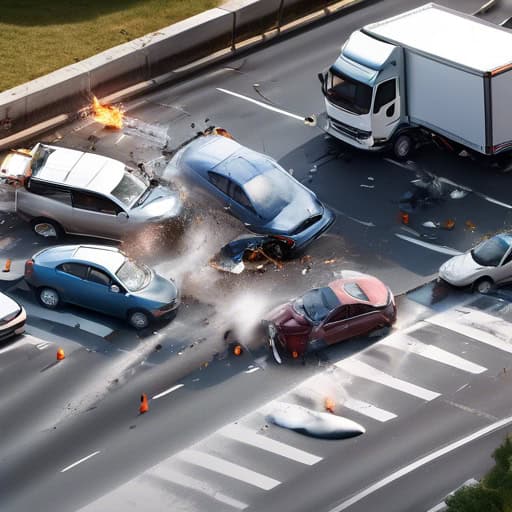
- I was late to work because of a major accident on the highway.
- The police report indicated that the accident was caused by a driver running a red light.
- Thankfully, no one was seriously injured in the accident.
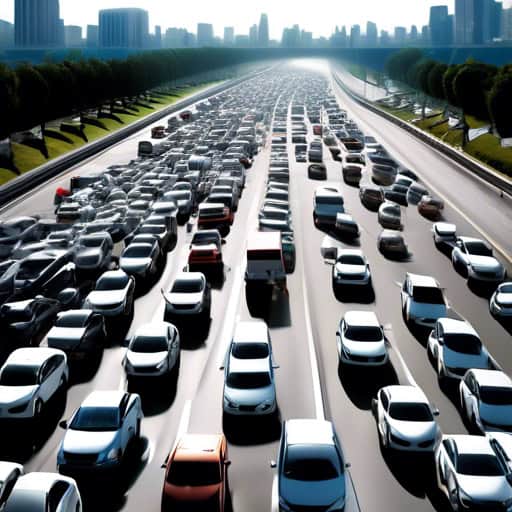
- The city implemented new traffic management strategies to alleviate congestion during rush hour.
- The construction on the highway caused even more congestion than usual, leading to frustrated drivers.
- Public transportation is encouraged as a solution to reduce congestion and improve air quality in urban areas.
Public transportation
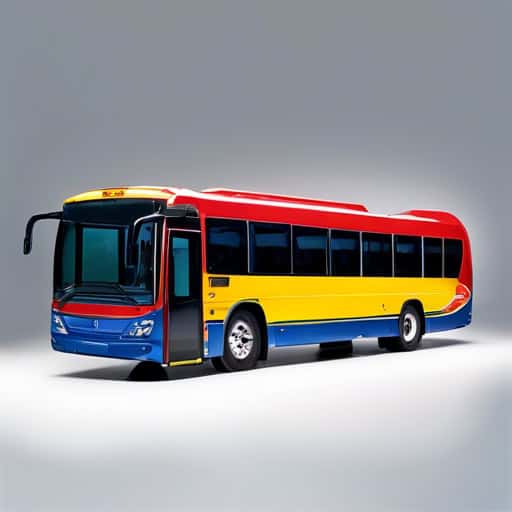
- The bus arrived at the stop right on time, allowing passengers to board and begin their journey to work.
- The bus driver skillfully navigated through heavy traffic, getting commuters to their destinations efficiently.
- I always prefer taking the bus to work because it's a convenient and cost-effective way to travel.
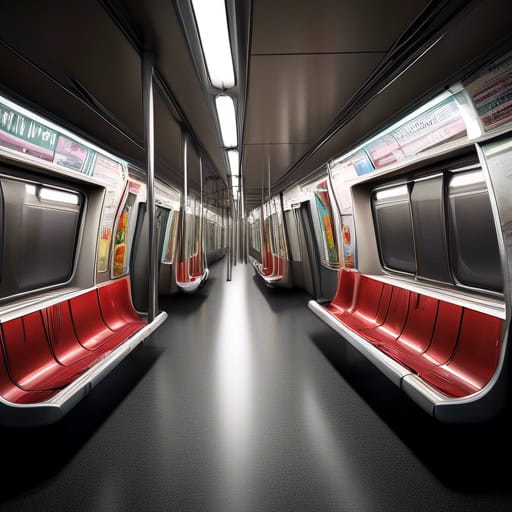
- I take the subway to work every morning.
- The subway is usually crowded during rush hour.
- I prefer taking the subway over driving in the city.
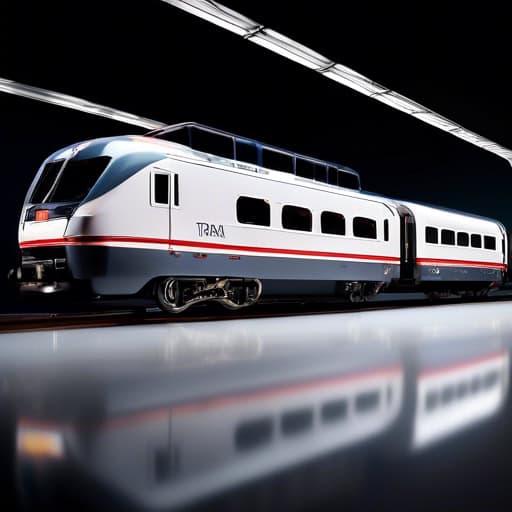
- The train arrived at the station right on time.
- I take the train to work every morning.
- She loves the sound of the train whistle as it passes by.
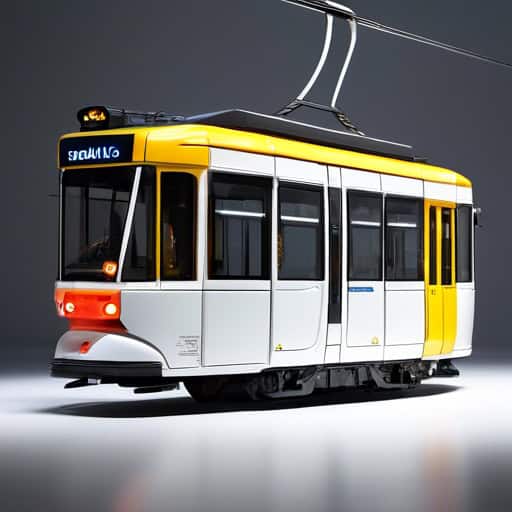
- The tram arrived at the station just as I was running to catch it.
- I take the tram to work every morning because it's a convenient and eco-friendly way to commute.
- The old tram rattled along the tracks, offering a scenic view of the city as it traveled.
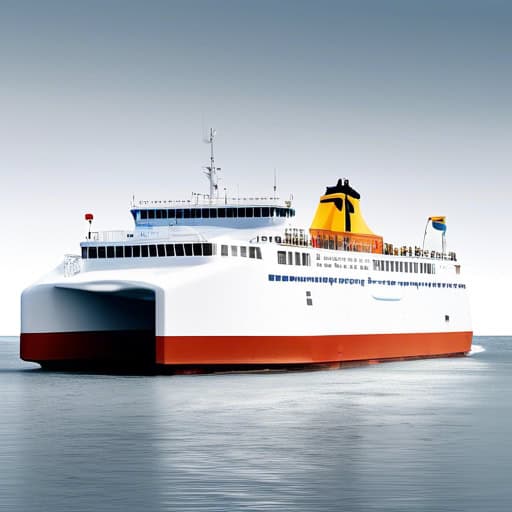
- The ferry ride across the bay was smooth and enjoyable.
- Passengers lined up to board the ferry as it approached the dock.
- The ferry departed from the terminal right on schedule.
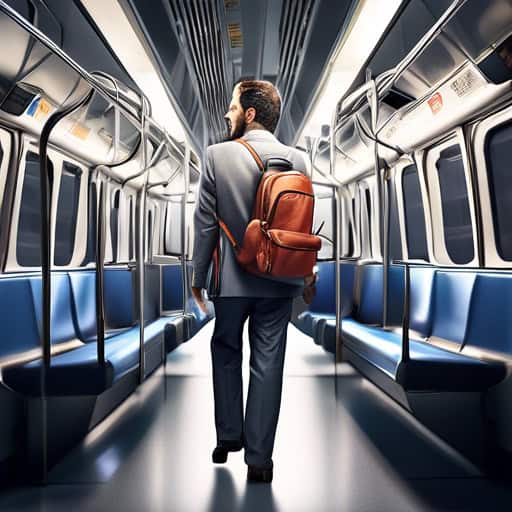
- On the crowded train platform, commuters anxiously waited for their train to arrive.
- During rush hour, the streets are filled with commuters trying to get to work on time.
- The commuter bus was always packed with tired passengers at the end of a long day.
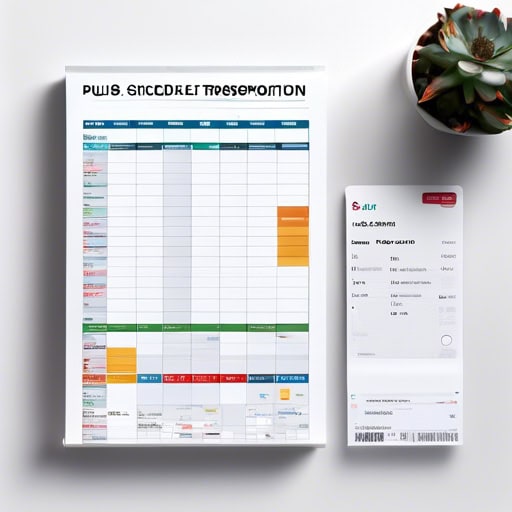
- I always check the bus schedule before heading to work to ensure I arrive on time.
- The train schedule has been updated to include additional trips during rush hour.
- I rely on the schedule to plan my daily commute and avoid any delays.
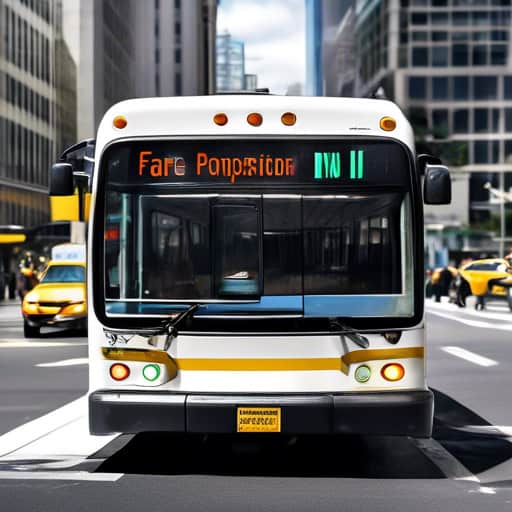
- The bus fare to downtown is $2.50 each way.
- I forgot my wallet at home, so I couldn't pay the subway fare.
- The fare for the train ride to the airport has increased since last year.
Quick Facts
- Commuting to work can have a negative impact on mental health, as studies have shown that long commutes are associated with increased stress and lower life satisfaction.
- In the United States, the average commute time is around 26 minutes each way, adding up to over 200 hours spent commuting per year.
- Carpooling is a popular way to reduce commuting costs and environmental impact, with over 10% of Americans participating in carpooling arrangements.
- Some companies offer remote work options to employees to reduce the need for commuting, leading to higher job satisfaction and lower turnover rates.
- Commuting by bike has been on the rise in recent years, with cities around the world investing in bike lanes and bike-sharing programs to encourage cycling as a mode of transportation.
